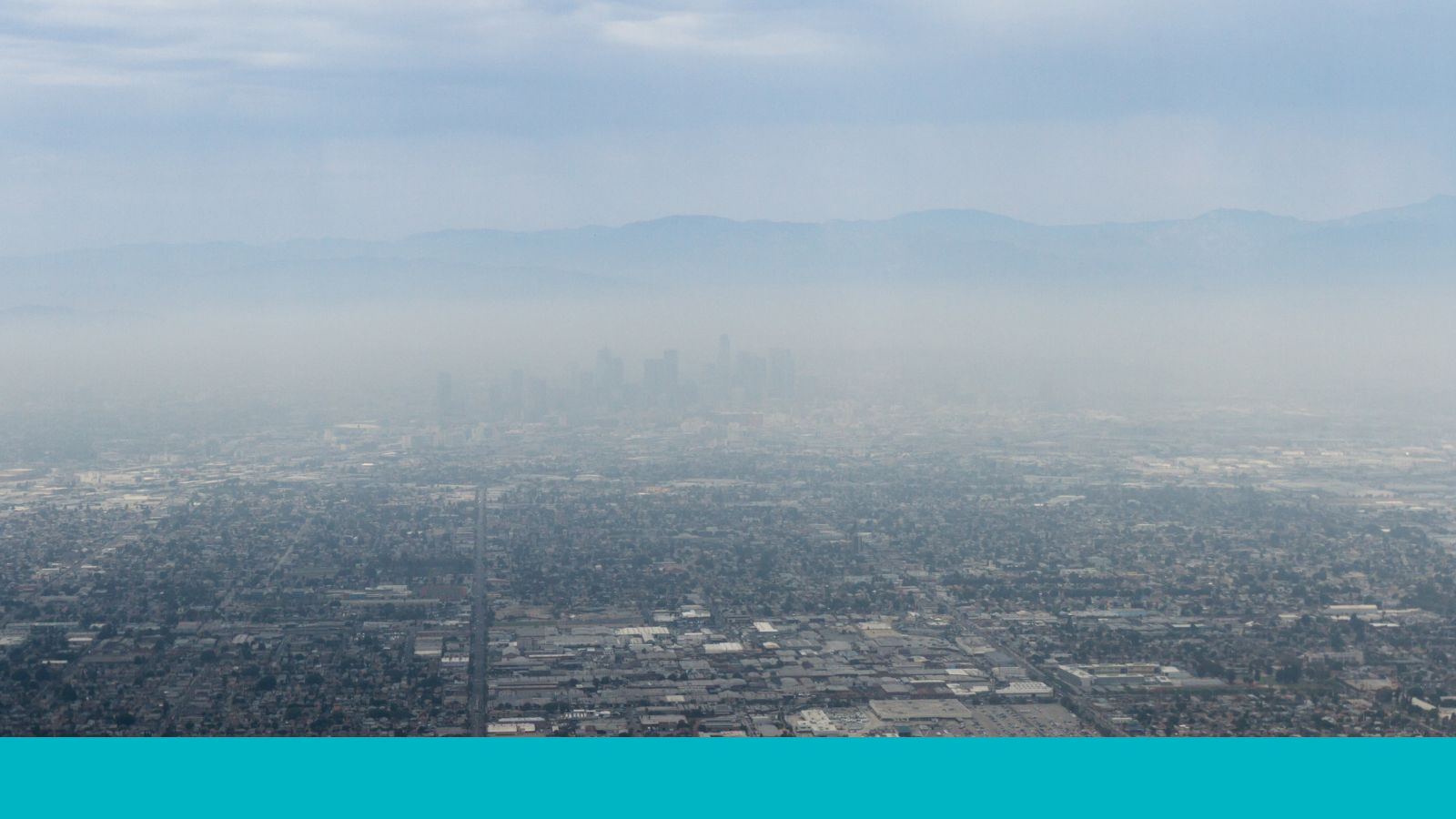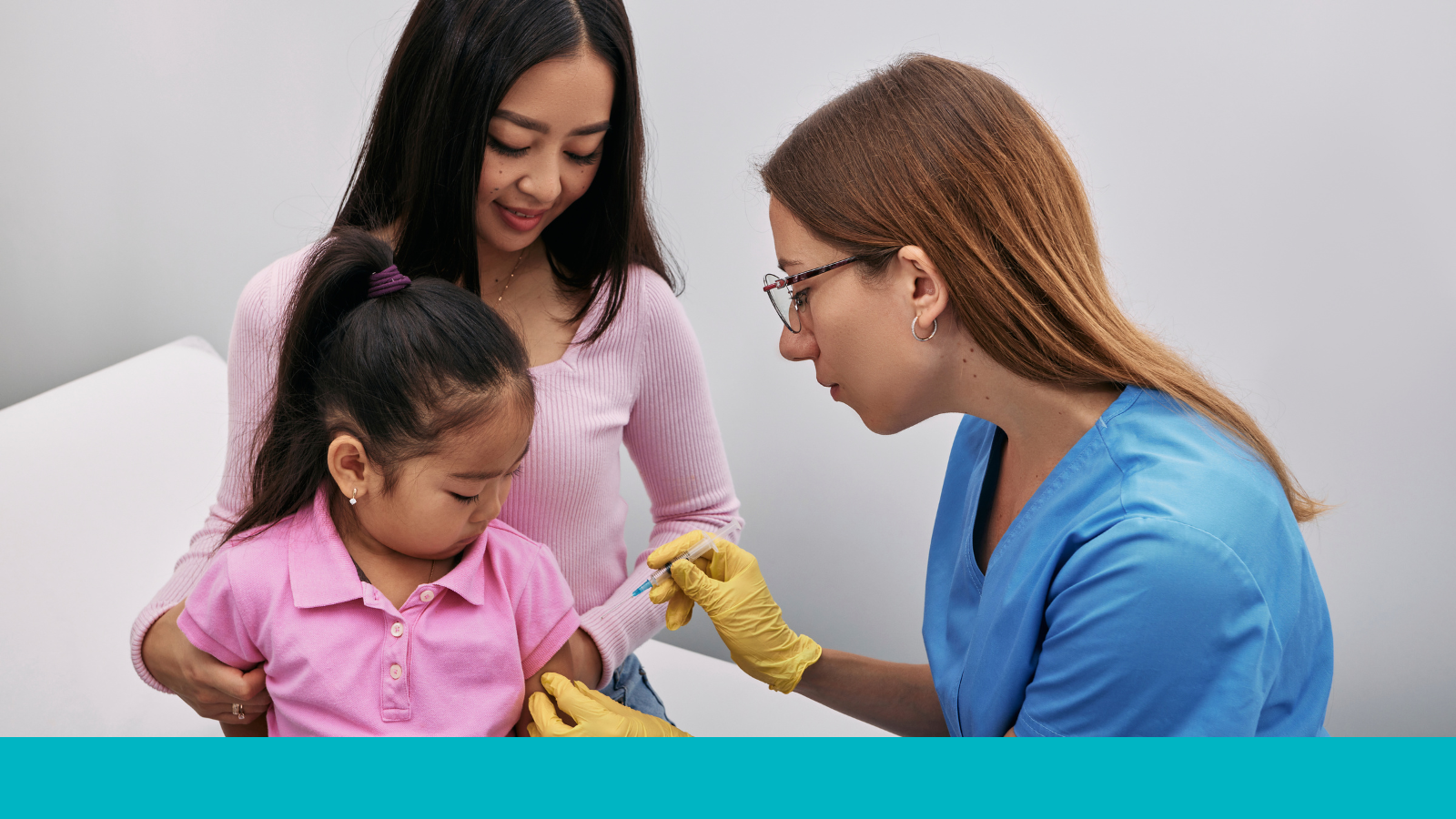What’s Trending?
Knowing what health information is trending can help you generate and deliver fact-based, effective, and timely public health communications in your communities.

Emerging Topics
Trending Alerts
-
ACIP overhaul and meeting draw criticism from the public and experts
High Impact
Conversations about the CDC’s Advisory Committee on Immunization Practices June 25 and 26 meeting are trending online. Although vaccine opponents…
-
Historic US heat wave fuels online debate about extreme heat and health
Medium Impact
As much of the U.S. experienced a heat wave, social media posts discussed the health impacts of extreme heat. Many…
-
Commenters are skeptical of new COVID-19 variant symptoms
Medium Impact
Recent reports suggest that one of the symptoms of the new COVID-19 variant NB.1.8.1 is stabbing throat pain, which some…
-
HHS secretary removes ACIP members to “restore public trust”
High Impact
On June 9, Robert F. Kennedy, Jr. announced that all ACIP members had been removed from their positions only two…



